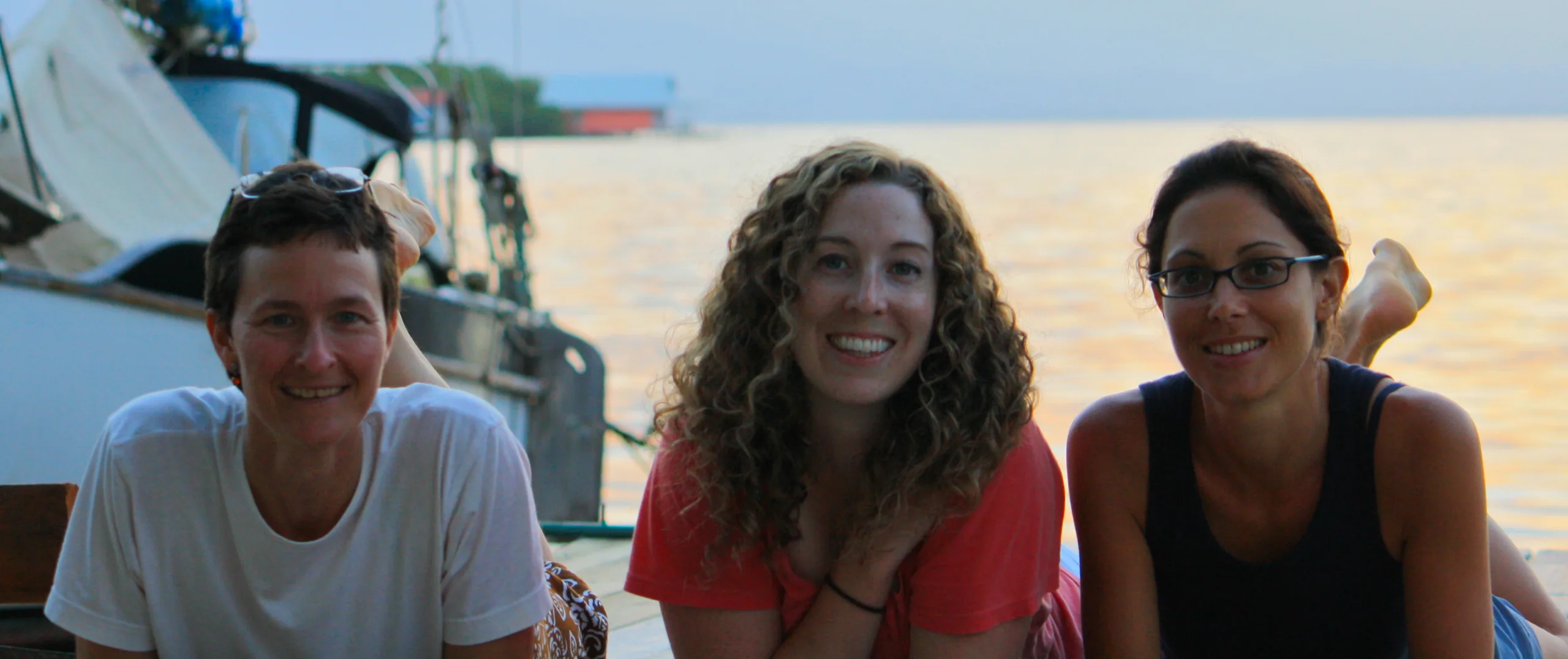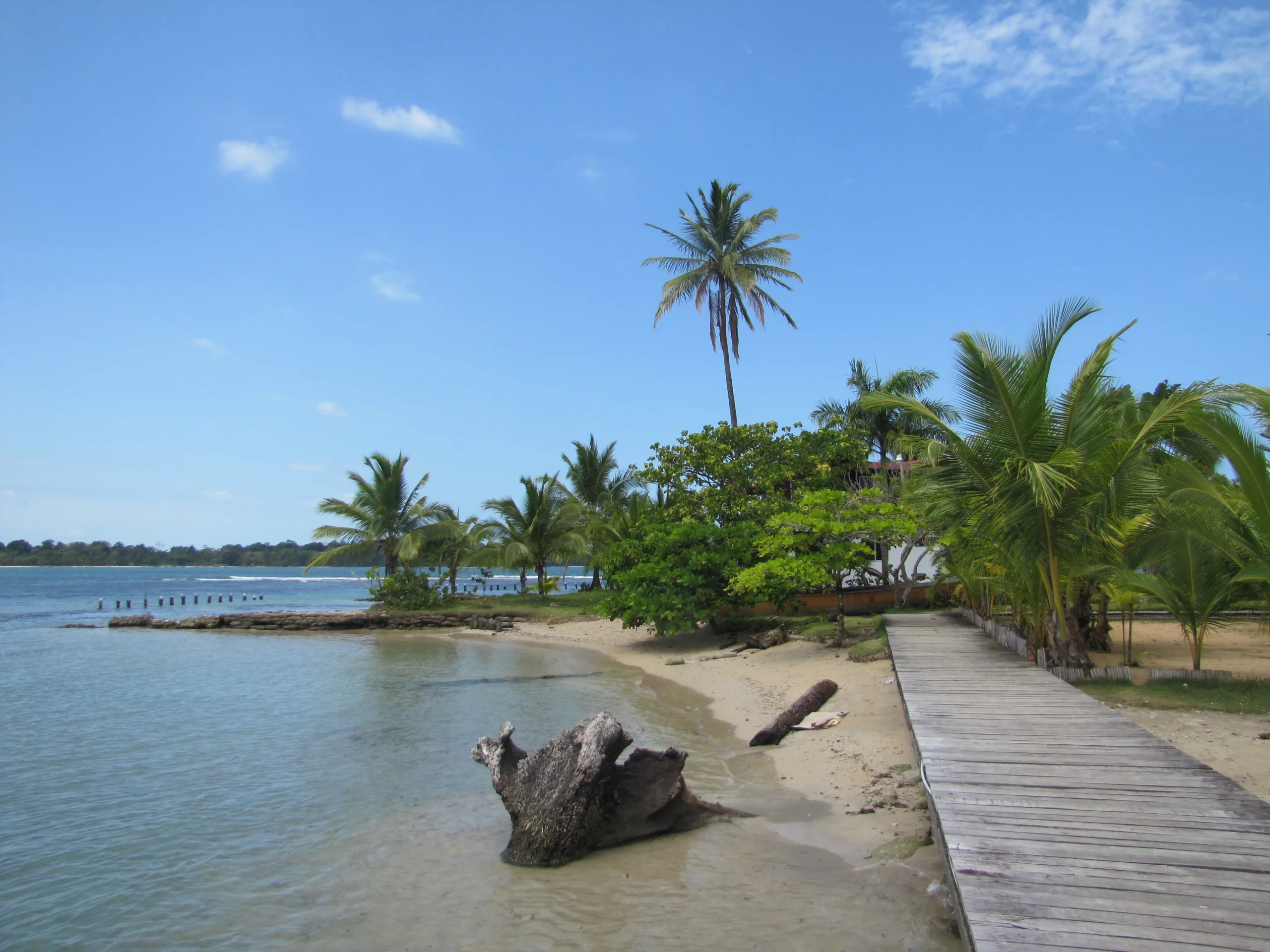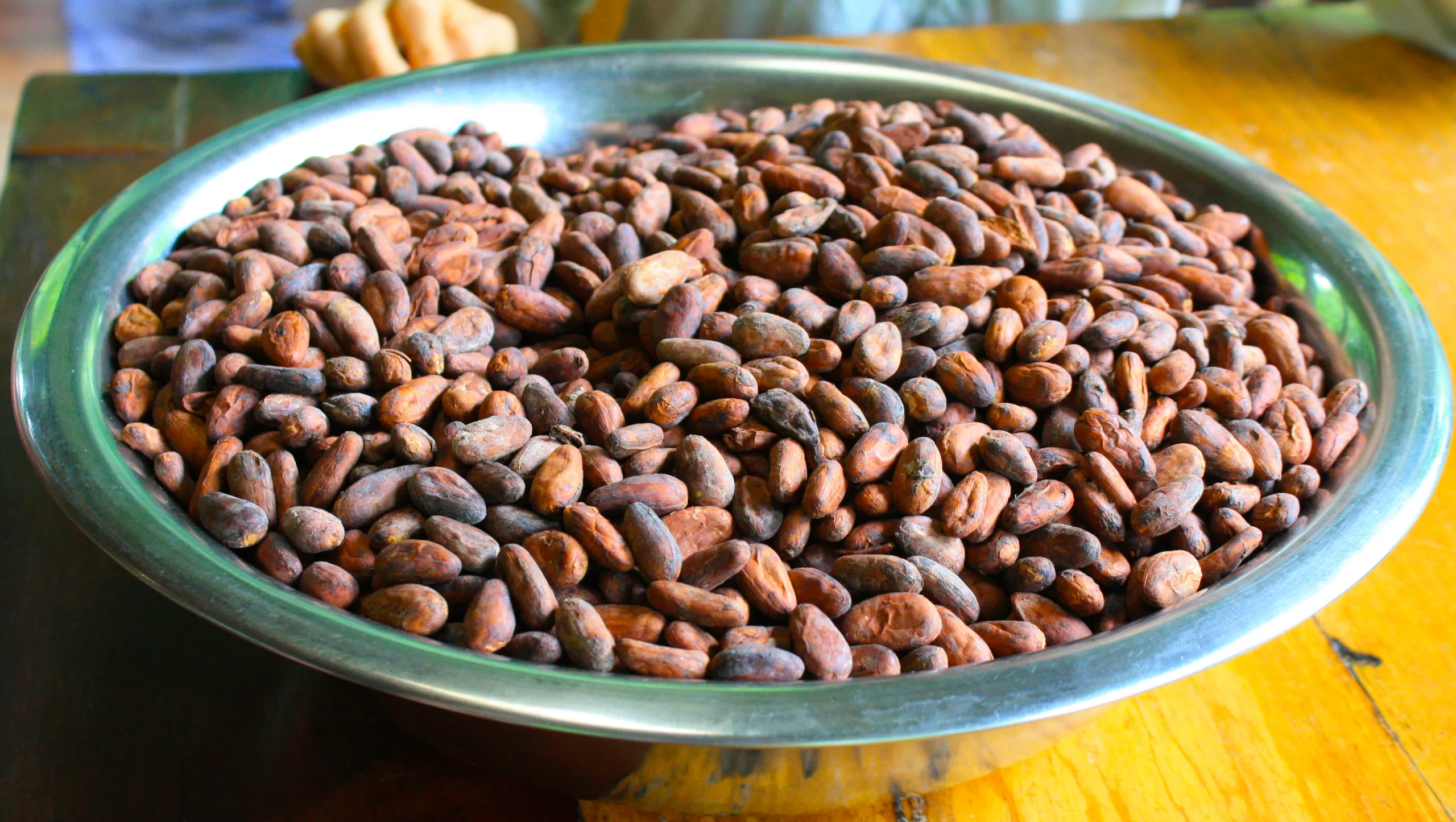SFS Team Reports New Program Development in Panama
An SFS staff team representing academics, admissions, and research are in Panama this month to advance development of the Tropical Island Biodiversity Studies pilot program launching this fall and spring in Bocas del Toro.


We are in a rich socio-cultural environment where our students and faculty will be able to explore the historical roots and current dynamics of natural resource use and management. Diverse fisheries, such as fish, lobster, and octopus, are evident in the water and on the restaurant menus; local construction shows off a beautiful and functional array of tropical timber species; and conversation with islanders yields colorful description of the Bocatorenos’ long history of residence in the archipelago and the realities of life in the rapidly changing island economy.

Every day we encounter wonderful, friendly people willing to share a laugh, their culture, and their knowledge. Because of the diversity within the local population, we are never certain if we should address people in Spanish or English, or if they may answer us in Guari-Guari or one of the many languages of the expat residents and tourists. We also are excited about the diversity of opportunities for community outreach, such as working with the schools and villages on environmental education and participating in the annual Feria del Mar.

Today on Isla Bastimentos, we met la Reina de Chocolate (‘the queen of chocolate’) at an ecolodge, who shared with us fresh roasted chocolate seeds, which were delicious to munch. We learned about the tension between investors who strive for small-scale, sustainable tourism and others interested in promoting massive coastal development.

After lunch, back in the boat, Marta felt a tug on her backpack. There was Dania, a little Ngobe girl in a pink traditional dress, who had run to the dock to give our social ambassador another giant hug goodbye.
The abundance of soft corals (gorgonians) in the patch reefs adjacent to mangrove habitat were exciting for our marine ecologist to see. The delicate and colorful brittle stars were stunning, indicators of the nutrient rich coastal waters of such a highly dynamic terrestrial-marine interface. The extensive mangrove and seagrass habitats promise to those curious people an abundance of beautiful, colorful, and very young marine life. These habitats provide food and shelter for many fish in their earliest, most vulnerable life stage.
Related Posts


Alumni Reflections: Stories of the Return to Kenya
